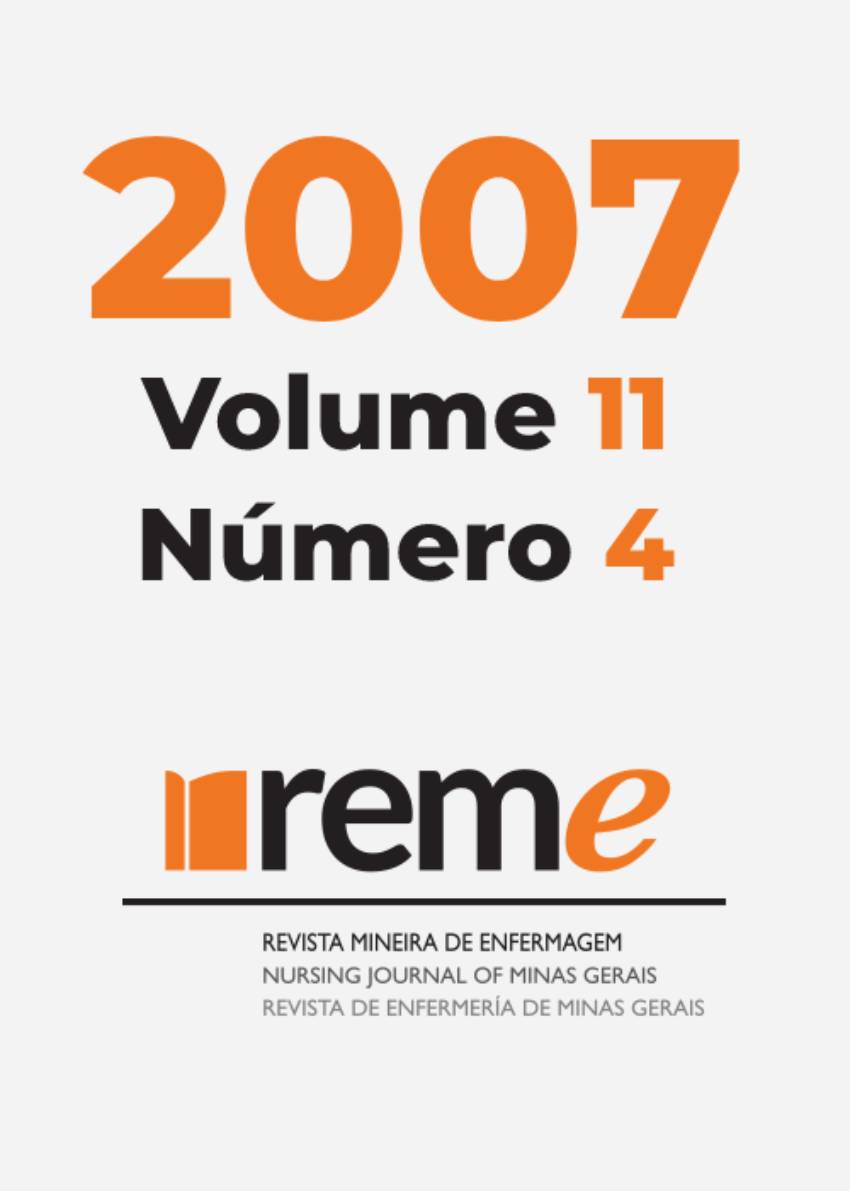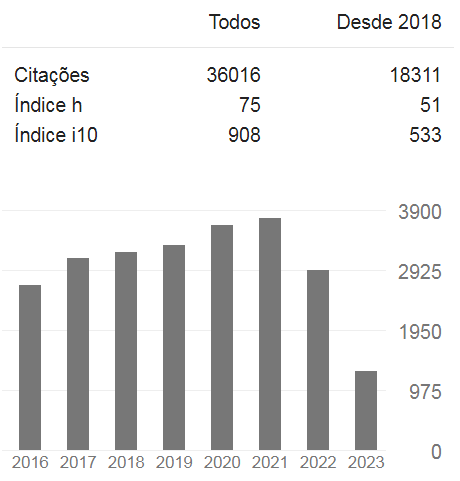The revolving door phenomenon in psychiatric hospitals of a capital of the Brazilian northeast
DOI:
https://doi.org/10.35699/reme.v11i4.50664Keywords:
Psychiatric Department, Hospital, Hospitals, Psychiatric, Mentally III Persons, Hospitalization, Patient Readmission; DeinstitutionalizationAbstract
OBJECTIVE: To estimate readmission occurrencein thepsychiatric hospitals of a State in the Brazilian northeast, in 2004, and to characterize the patients involved. METHOD: quantitative study, carried out in two psychiatric hospitals in the State of Piauí (one public and one private). Data extracted from a sample of 280 records and identification forms were used. Psychiatric readmission was described as two or more admissions within a period of one year. RESULTS: 55.7% of the patients were readmitted. Of these, 64.1% were male; 80.1% were aged 20 to 49 years; 68.6% were single;75.6% came from the capital city; 59.3% with DH (Diagnostic Hypothesis) Classification (according to CID-10) F2x and 28.8% F1x. CONCLUSIONS: The results of this study show a phenomenon which we experience nowadays in the services of full admission to psychiatric hospitals, which is the successive readmission of patients. Data produced technical information that can be seen as an integral part of a psychiatric patient assistance program, to subsidize the planning of actions and construction of therapeutic projects.Downloads
Published
2007-12-01
Issue
Section
Research
How to Cite
1.
The revolving door phenomenon in psychiatric hospitals of a capital of the Brazilian northeast. REME Rev Min Enferm. [Internet]. 2007 Dec. 1 [cited 2025 Oct. 6];11(4). Available from: https://periodicos-hml.cecom.ufmg.br/index.php/reme/article/view/50664






































